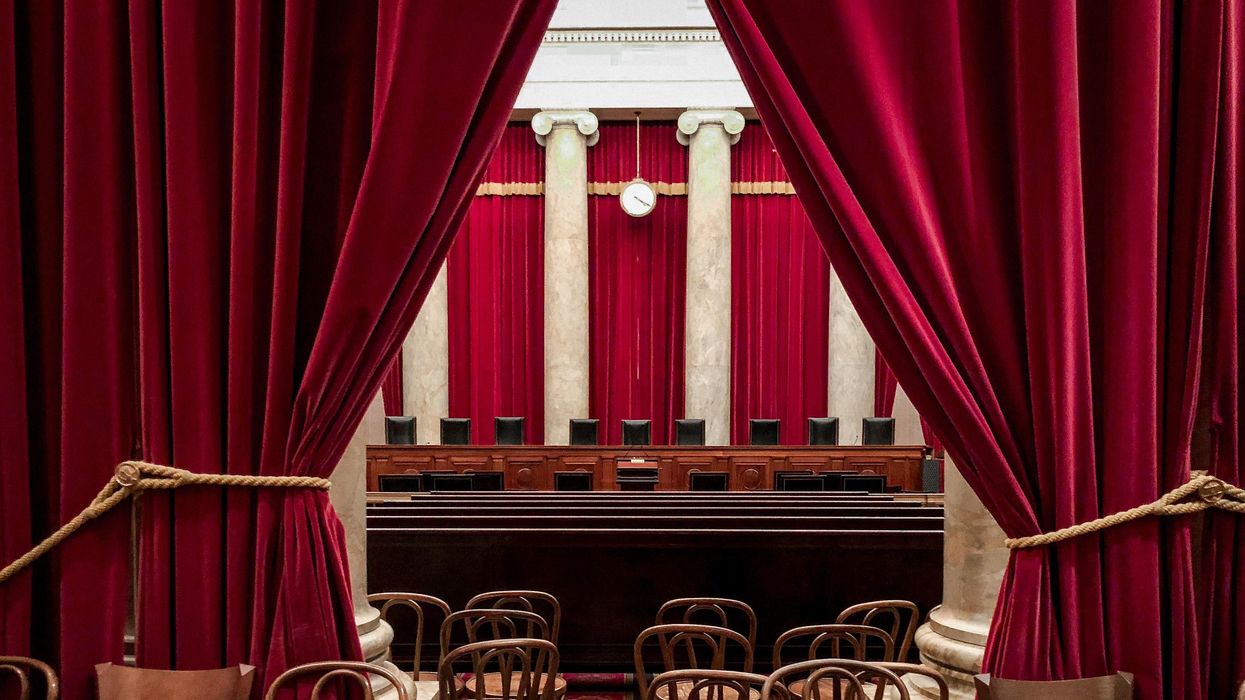
If a state’s population is more than one-quarter Black, but just one of seven congressional districts has a majority-Black population, is that unconstitutional? That’s what the Supreme Court is considering in Merrill v. Milligan, a case that was argued on Tuesday.
Alabama’s population is 27% Black. Some activists argue that the state’s new congressional map should therefore include two majority-Black districts (which would be about 28% of the state’s total of seven). They filed suit claiming that the map violates Section 2 of the Voting Rights Act of 1965, which requires that states provide minority voters with “an equal opportunity to participate in the political process.”
A three-judge lower court — which includes two judges appointed by President Donald Trump — agreed,ruling in January that “the appropriate remedy is a congressional redistricting plan that includes either an additional majority-Black congressional district, or an additional district in which Black voters otherwise have an opportunity to elect a representative of their choice.” But the state appealed, and the matter is now before the Supreme Court.
The Court is expected to be skeptical of the lower court’s ruling. In February, it put the ruling on hold, and last year, it upheld voting limits in Arizona that a lower court had said violated Section 2.
Merrill v. Milligan could have immediate impact in Georgia and Louisiana, where courts have already ordered states to redraw district lines.

